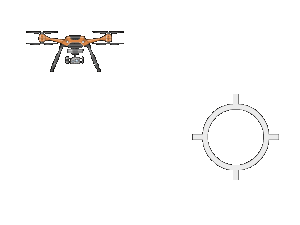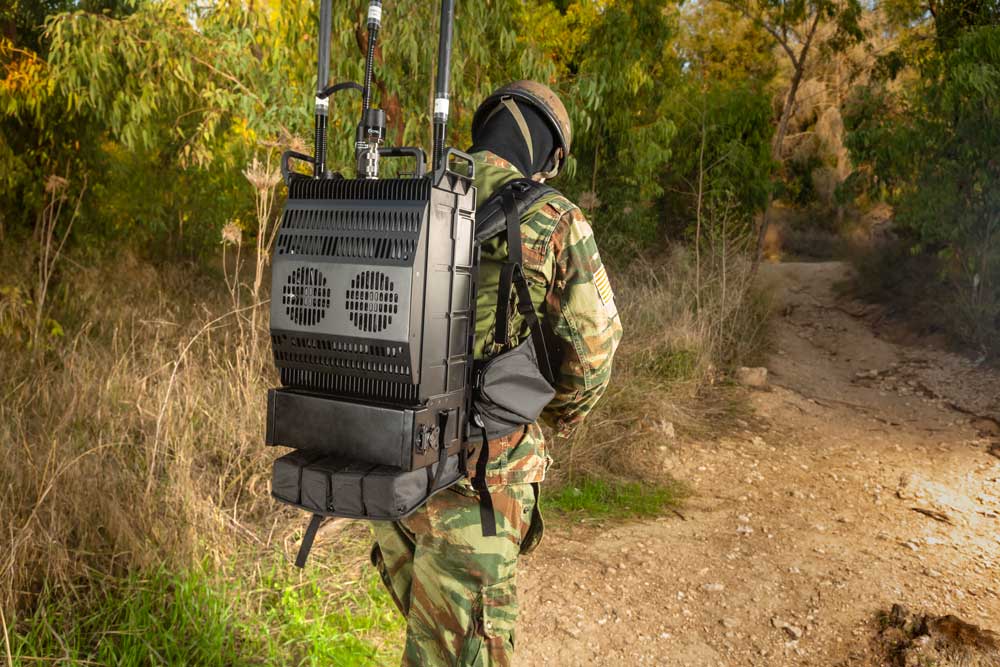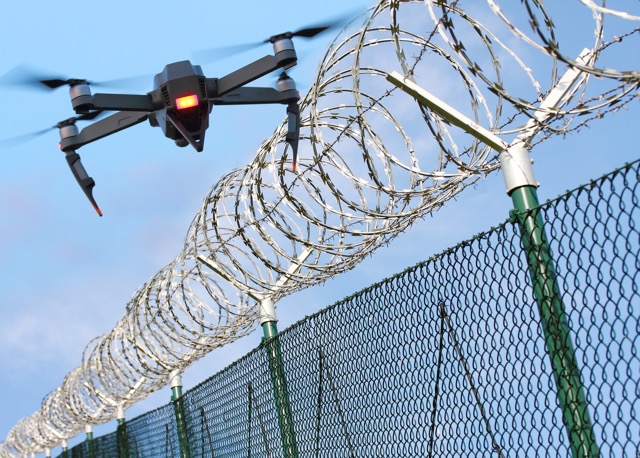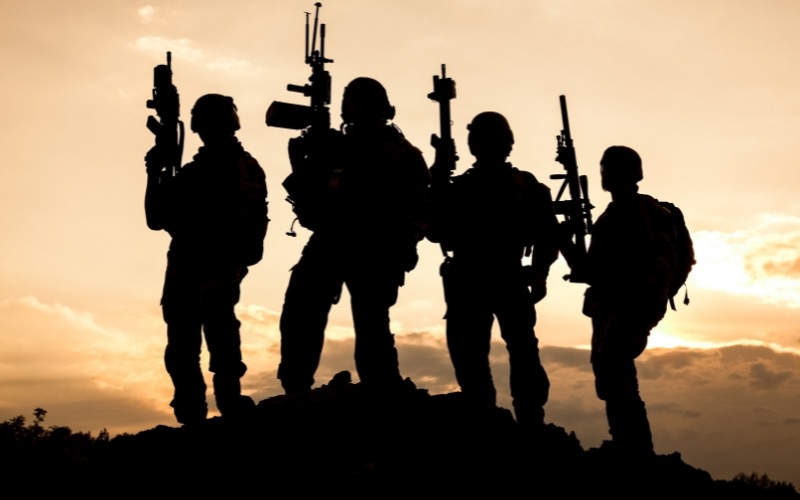Improvised Explosive Devices are a serious danger to military forces on peacekeeping missions and asymmetrical warfare around the world. Because of the volatile threat they pose to convoys and soldiers, they are a continuous operational challenge. Military forces can’t be under-prepared against such a threat and are constantly looking for new technologies, in order to protect their forces on the ground.
In the midst of asymmetric warfare, where IEDs are common, there is a high demand for counter IED tactics and technology. A counter IED Manpack is a backpack carried system, that can prevent the activation of IEDs within a given location. Despite the Manpack size, this advanced technology can protect a group of soldiers during movement and save them from injuries caused by IEDs.
Want to know more about the Counter IED Manpack, its important features, and how it can save lives? Continuing reading our brief overview three things you should know about a C-IED Manpack.
Compact and Effective
A Counter IED Manpack is a unit that is carried on a soldier’s back. The uniqueness of the system is the ability to provide full protection to a group of soldiers against IEDs attacks, while it’s been carried by only one soldier.
The challenge is to create a small and lightweight system that covers all RF treats while taking into account characteristics such as weight, weather conditions, radiation, battery life and more.
Safe C-IED Use
One key point of concern is safety from radiation hazards when using RF emitting equipment such as jammers. This can come from having equipment with antennas positioned close to the soldier’s head and those around him. There is a great challenge in creating effective technology that will help the forces in the field and at the same time, be safe to use. Various Manpacks are SAR (Specific Absorption Rate) tested and qualified, minimizing radiation exposure that is harmful to soldiers.
A counter IED Manpack must have an ergonomic design that can be easily carried on a soldier’s back. This lets a soldier carry the unit for hours without putting a lot of strain on their neck or back. The unit is also must be useful in different weather conditions and terrain when brought along to address IED threats.
Reactive C-IED Jamming
There are two types of methods for jamming the signals of IEDs, Active and Reactive. Active Jamming is when a C-IED is pre-programmed to block either the entire frequency band (broadband) or to limit jamming to a narrow range within the band. Using Active Jamming means that the system is continuously transmitting, even when there is no definite threat in the field. Reactive Jamming is based on a real-time wideband receiver & signal processing and is programmed to scan the entire frequency spectrum, in order to find radio signals that should be jammed at a specific frequency. The Jamming signal is focused only on real-time existing threats recognized by the system.
Active systems are limited in the efficiency and protection ranges they provide and for this reason, Reactive Jamming Systems are preferred. When we examine the capabilities of the Manpack’s system, the reactive challenge becomes even more significant following the various constraints mentioned above. Having a Manpack with reactive jamming is an indication of a high-level system and improved performance capabilities.
Effective Counter IED Manpacks
By reading our brief overview about counter IED Manpacks, you can have a better understanding of their effectiveness and what is a must-have in the system, considering safety and effectiveness. With this single unit, Netline assures that lives of soldiers can be safe from the threat of IEDs.Interested in some of the best counter IED technology out there? Visit Netline Communications website and check out the C-Guard Reactive Jammer ManPack. Netline’s Manpack provides battle-proven, effective, safe tactical EW protection for soldiers on the front line.




